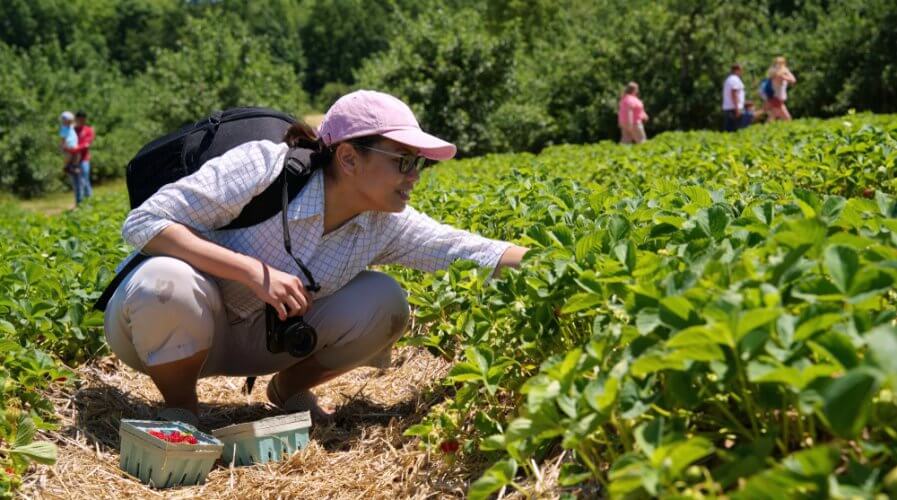
Australia is steadily moving towards high-precision digital farming. Source: Shutterstock
Digitally-enabled precision agriculture is key to a sustainable Australia
FOOD SECURITY and stable economic development are among key milestones that can be accelerated by successful agriculture activities.
However, considering the challenging climate condition and unfavorable geographical factors that affect farming activities globally, more focus and efforts are being channeled towards digital farming — an approach that combines modern technology and precision agriculture.
Australia, in particular, is pushing forward efforts towards precision-based digital farming or smart farming to ensure long term food security.
CSIRO, a research organization, has recently launched a digital farm in New South Wales to help scientists better understand how to develop farming systems that can withstand challenges posed to their farms in the future.
The move is a proactive measure against the constant drought that the country faces.
Dubbed Boorowa Agricultural Research Station, the 290-hectare farm took four years to build and is powered by six weather stations, 72 soil moisture probes, 100 temperature and humidity probes, as well as drones.
The tools are leveraged to collect, process, and analyze data seamlessly to provide scientists with high-end accuracy in crop study.
Data, in particular, is central to digital farming – in any global premise – to gain reliable answers to Australia’s farming dilemmas.
Remote monitoring, advanced data analysis, crop trials, and continuous experimentation in agricultural science and agronomy are among approaches adopted by CSIRO to help Australia increase its production of healthy crops.
CSIRO Agriculture and Food Director Michiel van Lookeren Campagne stated that the research also aims to identify “the best farming practices to manage our fragile soils and get the most from every drop of water.”
Additionally, the data will also be used to direct findings towards high-yielding farming approaches that can survive hotter and drier weather conditions.
As a result, the team is experimenting with new varieties of wheat, legumes, canola, and pastures after evident success was achieved with a different batch of crops in a previous facility in Canberra.
Thus far, AUD11.5 million (US$7.87 million) has been invested in the digital farm and research efforts to achieve sustainability in crop growth and food production.
With a mission to push production in Australian farms to AUD100 billion (US$68.42 billion), it is only natural that intelligent tools are utilized and strategic technology solutions are deployed.
The potential of tailored technology solutions in overcoming crop production slumps caused by weather conditions, soil chemical imbalance, air quality, and lack of manpower, should motivate the establishment of digital farms.
As we prepare to face similar climate challenges in other parts of the world, it is hoped that digital farming is endorsed in a scalable manner to help sustain livelihood and boost food supply.
READ MORE
- Ethical AI: The renewed importance of safeguarding data and customer privacy in Generative AI applications
- How Japan balances AI-driven opportunities with cybersecurity needs
- Deploying SASE: Benchmarking your approach
- Insurance everywhere all at once: the digital transformation of the APAC insurance industry
- Google parent Alphabet eyes HubSpot: A potential acquisition shaping the future of CRM


